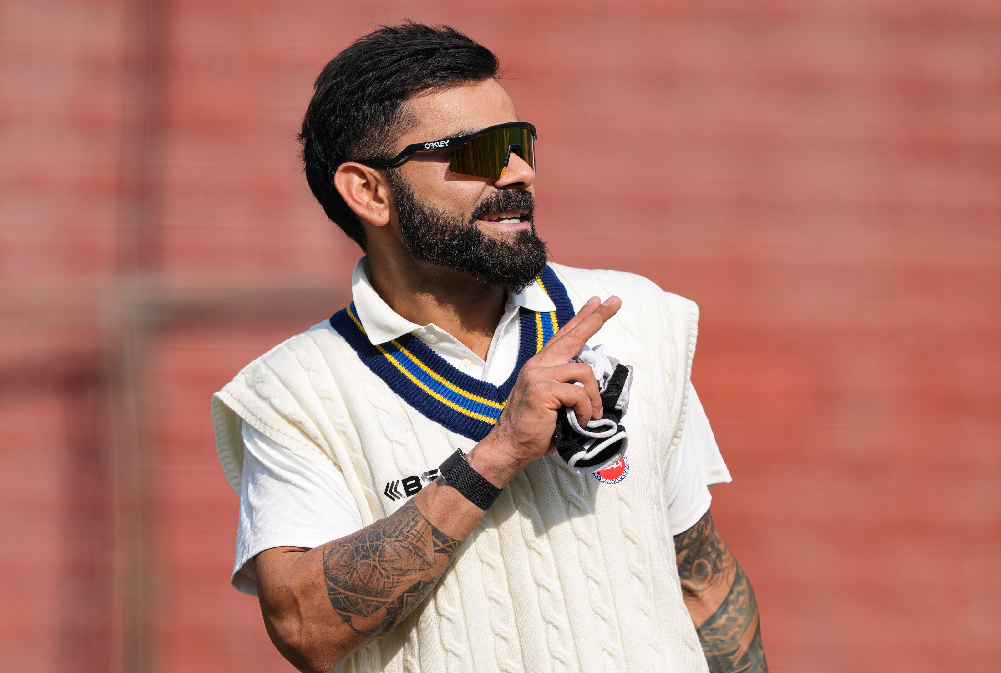
Rebuilding Indian cricket with a return to domestic roots
The return of India’s cricketing stalwarts, including Virat Kohli and Rohit Sharma, to the domestic circuit has captured the imagination of fans and experts alike. Beyond its immediate impact, this shift signals a critical recalibration as the team seeks to reclaim its dominant form. The reintegration of senior players into tournaments like the Ranji Trophy underscores an essential truth: sustained success at the highest level is built on a strong domestic foundation. The Ranji Trophy, once the bedrock of Indian cricketing excellence, had been sidelined in the age of T20 glamour and international commitments.
Consequently, its neglect led to younger cricketers being prematurely propelled into the international arena. The repercussions of this have been visible in India’s recent Test cricket struggles, particularly overseas. The decision of Kohli, Rohit and others to return to domestic cricket represents not merely a sentimental homecoming but a strategic course correction. The electrifying atmosphere at the Arun Jaitley Stadium during Kohli’s Ranji Trophy comeback bears testimony to this move. The Delhi and Districts Cricket Association had estimated a crowd of 10,000 for Kohli’s return – a remarkable figure by Ranji standards. Yet, such was his magnetic pull that these expectations were dwarfed by the actual turnout, forcing the authorities to open additional stands.
This enthusiasm highlights a vital reality: India’s cricketing icons can still revitalise interest in the longer format. More importantly, it illustrates that the Ranji Trophy, with the right structural and promotional impetus, can regain its past glory. The implications extend beyond mere optics. For players, competing in the Ranji Trophy offers an invaluable opportunity to fine-tune red-ball skills in a manner that practice sessions and T20 leagues cannot replicate. The challenges of first-class cricket – variable pitches, prolonged spells and crafting innings with patience – define Test cricket success. With India’s recent overseas Test performances revealing vulnerabilities, this ‘back to the basics’ approach is timely.
Additionally, the infusion of star power into the domestic structure will benefit younger cricketers. Sharing dressing rooms with Kohli and Rohit presents an unparalleled learning experience. The presence of these seasoned campaigners ensures that young players grasp the work ethic, discipline and resilience required at the highest level. Historically, India’s cricketing pipeline has thrived when domestic cricket functioned as a finishing school – this return to the Ranji Trophy by senior players is a crucial step in reinstating that culture.
The broader question, however, is how Indian cricket leverages this renewed focus to regain global supremacy. While India has enjoyed success across formats, its inability to secure ICC trophies despite consistently reaching the latter stages remains a concern. Beyond talent and skill, bridging this final hurdle requires a stronger emphasis on holistic development – an area where first-class cricket plays a crucial role. A well-rounded domestic season featuring top players can enhance India’s bench strength, ensuring replacements are truly ready for international cricket.
Countries like Australia and England have consistently integrated their best cricketers into domestic structures, ensuring continuity and depth. India, despite its talent pool, has sometimes struggled to seamlessly transition players. If this renewed domestic participation becomes a sustained practice rather than a one-off measure, it could herald a new era of stability and dominance. Furthermore, Test cricket, the format that defines a team’s legacy, stands to benefit immensely. The resurgence of first-class cricket as a priority will translate into better-prepared Test players, capable of adapting to diverse conditions. In a cricketing landscape increasingly dominated by shorter formats, proactive efforts like this are essential to ensuring Test cricket’s primacy.
For India to emerge from its recent struggles and reassert itself as a powerhouse, it must embrace a multi-dimensional approach – one that values domestic cricket as much as international glory. While instrumental in attracting attention, the charisma of its biggest stars must be complemented by structural reforms that encourage deeper engagement with first-class cricket.
The road to redemption lies in revisiting the basics, strengthening the domestic pipeline and fostering a culture where international success is an organic outcome of a well-functioning domestic system. If Indian cricket can internalise this lesson, today’s struggles may well be the catalyst for an era of unparalleled dominance.
 English daily published in Bengaluru & Doha
English daily published in Bengaluru & Doha





